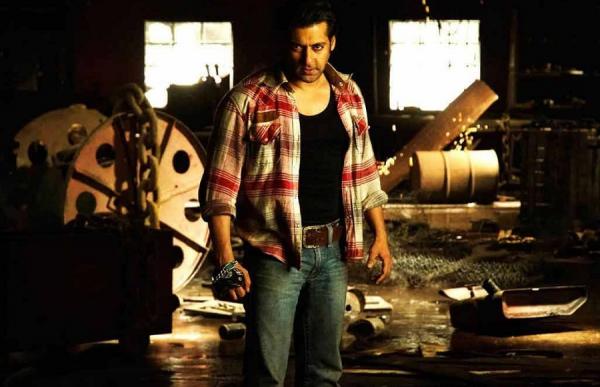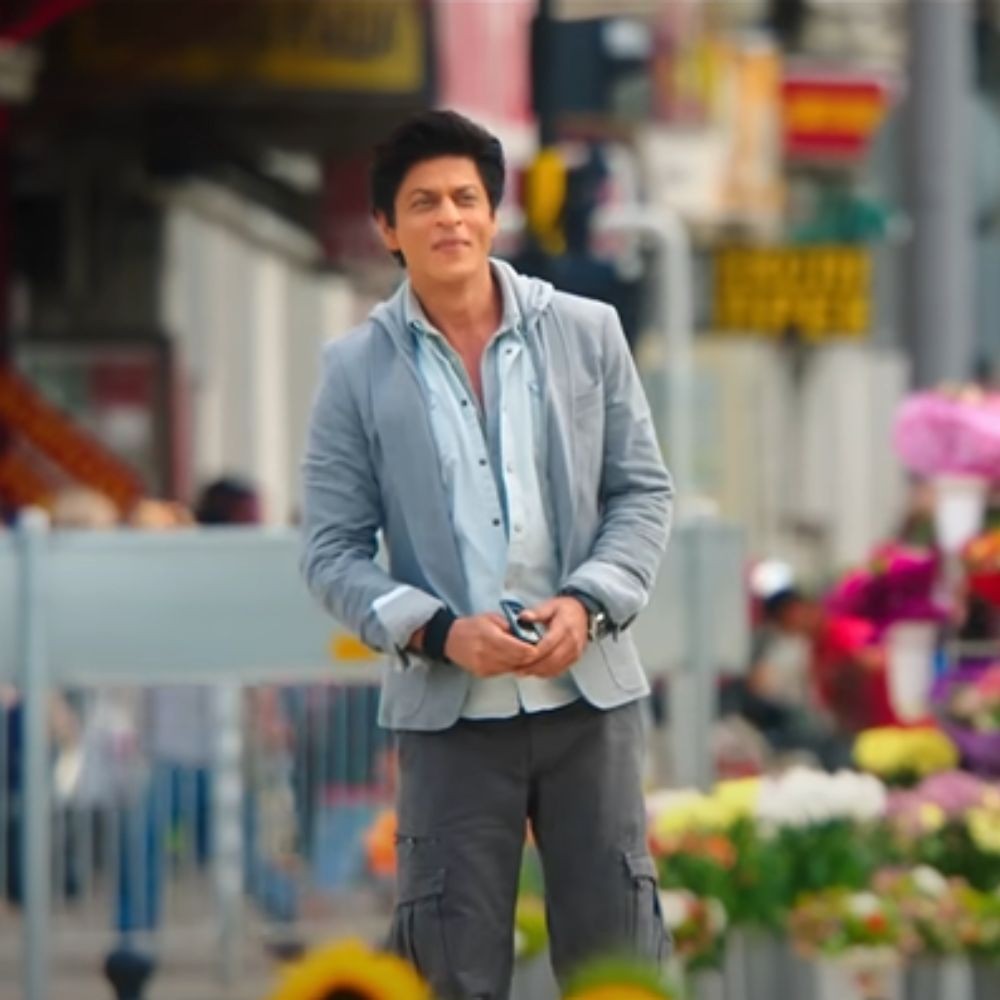Mirroring The Industry: Are Masala entertainers dead in Bollywood? The thin line between MASS and MESS
There is a thin line between MASS cinema and MESS in the name of MASS cinema, and at present, the failure in Masala space is due the content falling in the latter category. Pinkvilla debates

In the 2000s, post the multiplex revolution, Bollywood was inclined towards making comedies, rom-coms and slice of life entertainers. The definition of the vintage masala cinema was changing, with a constant chatter in the trade about evolution of cinema with the death of Masala resulting in the closure of single screens too. But in Christmas 2008 weekend came the Aamir Khan starrer Ghajini, a remake of Tamil Film of the same name, fronted by Suriya. It created history, proved to be an all-time grosser and marked the beginning of an altogether different streak for Aamir Khan. It was a signal that, though the language of commercial cinema has evolved, it’s still alive, if packaged well with a top superstar.
Just 10 months after Ghajini came the Wanted, during the Eid 2009 weekend and changed the tides for not just Salman Khan but entire film industry. A remake of Telugu film Pokirri, it was a quintessential commercial actioner, playing on the front foot, catering to the single screen audience of India. It brought Salman Khan back in business with a smash hit and the actor with Wanted and subsequent success, was indeed a pioneer in making the Eid weekend as lucrative as it is today. It was the success of Wanted that gave out the message about the relevance “Masala” cinema and resulted in a series of films in the similar space.
The youth today, which forms a major chunk of Mass audience, is excited by the big scale, style, music and action and that alone might help a film fronted by big superstars cross a certain threshold based on the initial excitement.
Pinkvilla
Exactly a decade later, in 2019, following the not so good run of Dabangg 3 at the box-office during the Christmas weekend, there have been chatters in the trade about the “evolution of cinema”. Are the Masala entertainer’s dead? Is this “The End” of single screens? Should there be cinema have sub-text and context? Should cinema be a reflection of what’s happening in the society? The answer to these questions is both YES and NO. Yes, Masala entertainers are dead, but that’s only if they are not made well.

We are living in times when a badly made commercial film is defended on the social media and by the industry insiders saying “it’s a mass film, and it has a different audience”. And, the failure of badly made commercial films leads to some drawing the conclusion about the evolution of audience and death of Masala. First things first, a well-made Masala entertainer with a sellable name can never fail at the box-office. Just a year before Dabangg 3 came the Rohit Shetty directed Simmba, which set the cash registers ringing. It was among the well-made commercial films with scale that justifies the plot and mass elements keeping the audience sensibilities in mind. It’s a text book of making an earthy commercial entertainer in today’s time, with the right blend of elements for all sort of audience.
The evolution in commercial cinema has come in the form of treatment and presentation, but not the emotions, which still remain the same.
Pinkvilla
It was massy, but not mindless. It was heroic and dramatic, but not complacent and melodramatic. It was commercial, but had a story running in its backdrop. It was heavy on one-liners, but far off from the actor screaming his lungs out making a desperate attempt to sound heroic. Yes, commercial cinema has evolved, but the core of it still remains the same. The mother, father, son, daughter, brother, and sister emotion are as powerful as they were in the 1970’s, just not as melodramatic as that era. The evolution in commercial cinema has come in the form of treatment and presentation, but not the emotions, which still remain the same. A single punch resulting in 50 people flying might not work today, but a strategic way of an actor fighting and winning against 50 people will be accepted. A cheaply made commercial film may not work today, but something rich on production values will generate the excitement. The youth today (which forms a major chunk of Mass audience) is excited by the big scale, style, music and action and that alone might help a film fronted by big superstars cross a certain threshold based on the initial excitement. (Cough, Race 3. Cough, Saaho). A film like WAR is on paper another Masala film, but presented in a sleek manner with an amalgamation of scale, style, action, thrill and substance too. One expects a modern day Masala template from the next big screen release, the Akshay Kumar fronted Sooryavanshi directed by Rohit Shetty too.

Why did a Rowdy Rathore succeed? Because it was well made. Why did a Boss fail? Because it was not well made. Why did a Dabangg succeed? Because it was well made. Why did a Dabangg 3 fail? Because it was not well made. Why did Munna Michael fail? It was badly made. Why did Baaghi 2 succeed? It was well made and more importantly, well mounted. The answers are as simple as they get, rather than an entire defence mechanism to pull down the genre based on audience. There is a thin line between MASS cinema and MESS in the name of MASS cinema, and at present the failure in the Masala space is due the content falling in the latter category. Let’s make MASS cinema and not MESS in the name of MASS. As someone said, an action film with the right treatment can never go wrong.





 JOIN OUR WHATSAPP CHANNEL
JOIN OUR WHATSAPP CHANNEL









































